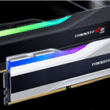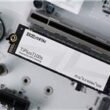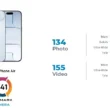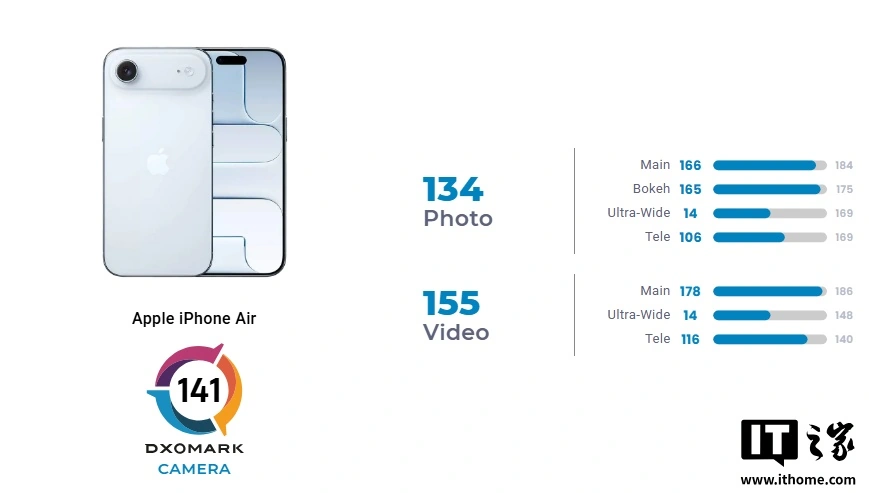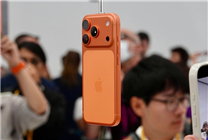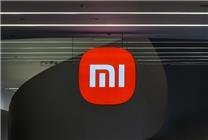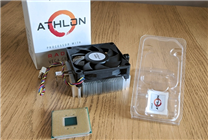Apple iPhone Air Camera Evaluation: Detailed Insights from DXOMARK
Key Takeaways:
- Stable Performance: The iPhone Air exhibits superior exposure, color accuracy, and effective video stabilization.
- Limited Camera Features: Although it boasts a strong main camera, it lacks telephoto and ultra-wide capabilities, impacting its overall rating.
- Comparative Quality: Its photo quality is commendable but falls short of higher-end models in low-light conditions.
In a recent evaluation by DXOMARK, the Apple iPhone Air secured a score of 141, placing it 41st globally in camera performance. This assessment highlights its strengths in stable shooting performance alongside notable weaknesses stemming from its limited camera system.
Robust Hardware Yet Limited Features
The iPhone Air is equipped with a 48-megapixel main camera featuring dual-pixel autofocus and sensor-shift optical image stabilization. This setup allows it to deliver accurate target exposure and a wide dynamic range. Users can expect natural color reproduction across various environments, along with balanced detail and noise management in bright settings. Notably, the device excels in nighttime photography, producing striking images with solid exposure and detail.
The Drawback of a Single Camera
Despite these strengths, the absence of a multi-camera configuration detracts from the iPhone Air’s versatility. Compared to its higher-end counterparts like the iPhone 17 Pro, which includes a triple-camera system, the Air shows limited flexibility. This shortcoming becomes particularly evident when positioned against competitors such as the Samsung Galaxy S25 Edge, which offers ultra-wide-angle capabilities.
In high-contrast scenes, the iPhone Air may underexpose images occasionally. Additionally, the shallow depth of field can lead to subjects in the background becoming out of focus, and users may notice minor errors in exposure, detail, and background separation when utilizing portrait mode.
Comparing to Higher-End Models
The quality of images captured with the iPhone Air can rival that of the iPhone 17 Pro in daylight scenarios, demonstrating excellent detail and low noise. However, it does not perform as robustly in low-light situations. Users may notice slower focusing speeds while capturing photos, accompanied by minor focus "pulls" in videos, as well as occasional instability in exposure and white balance.
Impressive Video Quality
When it comes to video capabilities, the iPhone Air is capable of recording up to 4K at 60 frames per second, along with 1080p at 240 frames per second. DXOMARK primarily tested the video quality at 4K/60fps HDR settings, where the performance was commendable. The resulting footage presents a wide dynamic range and vibrant colors, achieving a well-balanced interplay between texture and noise.
Conclusion
In summary, the Apple iPhone Air has demonstrated a solid understanding of photographic needs, excelling in exposure, color accuracy, and stabilization. Nevertheless, the limitations posed by its single-camera setup affect its overall ranking. For those seeking a flexible photography experience, alternative options in the market may offer the additional features desired. However, the iPhone Air remains a strong contender for users prioritizing core image quality and performance.
As advancements continue to be made in smartphone camera technology, it remains crucial for consumers to understand the trade-offs associated with their device choices. The iPhone Air, while lacking in some areas, still holds its ground within the competitive landscape of mobile photography.


